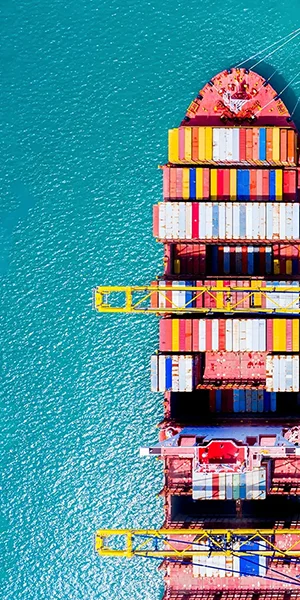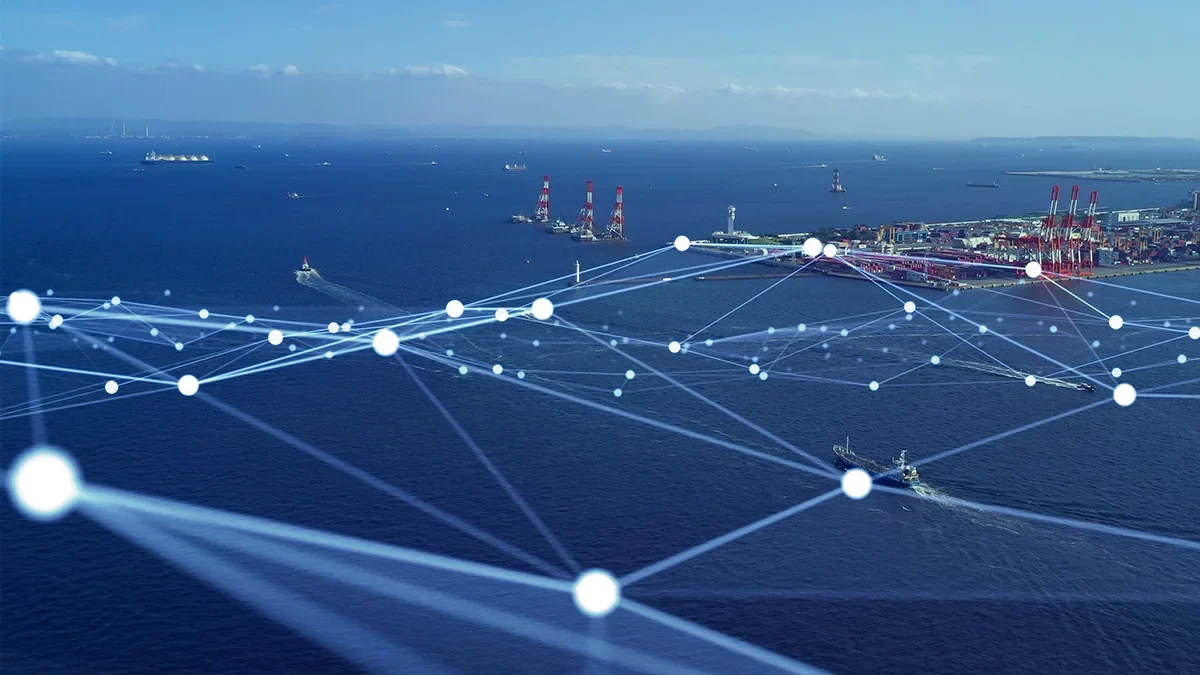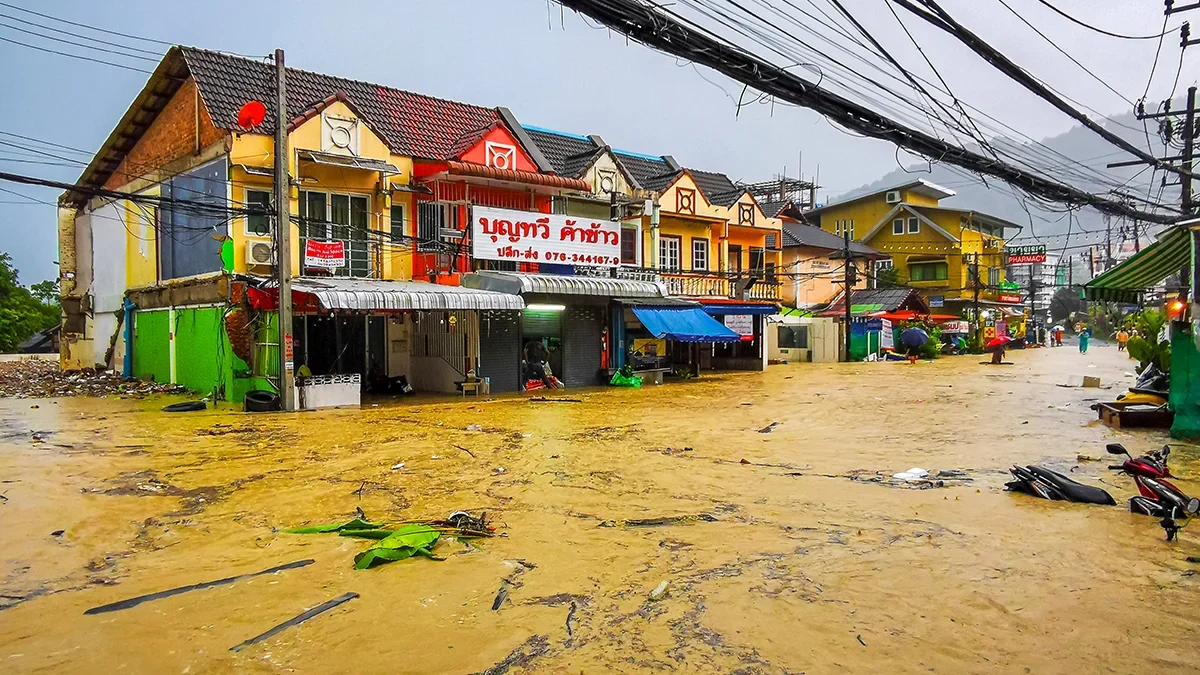(Re)in Summary
• Greater cargo origin visibility can enable smarter routing decisions and risk-based pricing tied to underlying goods characteristics.
• AI automation can help insurers analyse policy-driven disruptions and extract risk insights from unstructured data.
• Digital documentation gaps leave 95% of shipments without automated sanctions screening due to insufficient data capture.
• Enhanced risk management through data could optimise US$22b in underutilised global cargo premiums.
• Parametric insurance solutions powered by predictive data analytics could target 80% of currently uninsured global cargo.
• China and India’s adoption of integrated cargo insurance distribution could supercharge premiums.
Data-driven approaches can help insurers better price political risk, experts said at IUMI 2025 in Singapore on Tuesday (September 9), by providing a better picture in areas such as political risks tied to cargo and trade.
Data can also allow companies to reassess war risk, sanctions and compliance risk, weather risk and trade disruption risk, which were previously managed through exclusions and extensions, according to Matthew Yeshin, global digital cargo leader at Marsh, at an IUMI workshop on innovation and technology.
“Because we have data about the origin of goods, we can start to help clients make better decisions about how they’re going to be able to route those goods and then ensure that risk based on the nature of the underlying foundation of those goods [and] how those goods are being put together,” Yeshin said.
“With more data, it gives you the opportunity to actually do things differently with those risks,” said Yeshin. “Cargo owners can use the technology to make better decisions around how those goods are going to be routed, which I think creates a pretty exciting opportunity.”
Matthew Yeshin
Global digital cargo leader at MarshMarine insurers were warned on Monday that they needed to “get better” at pricing policy-based disruptions, anticipate policy trends, and better understand policy bets and dependencies underpinning decisions.
But the greater integration of technological platforms and access to granular data raises questions about whether insurers should use this data to address political risk, Yeshin said.
From a risk perspective, tariffs don’t significantly change insurance risk, Yeshin pointed out. Even as tariffs affect trading patterns and ultimate destination values of goods, they remain a tax. “So should insurance be responding to tax, or should insurance be responding to risk?” he said.
AI, a potential “hyper-scaling” force, can help insurers address these questions about political risk and policy-driven disruptions by automating knowledge and analysis work, said David Pan, Industry Practice Lead for Asia Pacific at Moody’s in Singapore.
“What’s tedious for a human might not be tedious for a large language model,” Pan said. “Large language models were developed to make sense of natural language information that humans traditionally consumed, taking that information and deriving the signal, insights and risk.”
Digitalisation lag
Data can enhance due diligence and sanctions compliance, allowing insurers to screen supply chains for violations and politically sensitive exposures.
But gaps remain. “95% of the shipments that we as an industry are processing probably aren’t getting sanctions screened, because we don’t capture the data to do it,” said Yeshin. “We don’t capture enough of that data to actually do something meaningful with it.”
A lag in documentation digitalisation has prevented the shipping and marine insurance industry from reaping “significant benefits”, said Kay Ren Yuh, Assistant Director, Digital Utilities Cluster, Sectoral Transformation Group at Singapore’s Infocomm Media Development Authority.
Trust deficits, siloed ecosystems and varying levels of digital maturity across the ecosystem mean that paper is still the most interoperable medium for legal documentation. Platforms like TradeTrust, Singapore’s open-source digital utility framework, can help firms verify the authenticity and source of essential documentation.
“Just imagine the process improvements you can make, the speed at which you can digitalise and trust all these AI models to ingest the data,” Kay said.
Similar platforms have been launched globally, including Bolero, the first eBL solution approved by the International Group of P&I clubs, and newer blockchain-based solutions like WaveBL and TradeLens.
Unlike these platforms, TradeTrust is fully accessible, and designed for privacy and interoperability. “If you wish to digitalise transferable certificates of insurance, you’ve got a free digital utility you can download, integrate into your system and acquire these functions,” Kay said.
Greater efficiency
Data can also help insurers better manage risks, presenting sizable opportunities.
US$22b in global cargo premium could be more efficiently managed by insurers through enhanced risk management, said Yeshin. “If we collect data to help our clients understand risk better, we can give them advice that may not produce [a] premium, but it may still produce value.”
Data has powered innovations in marine insurance, including parametric delay insurance solutions and parametric disruption cover, Yeshin said. By using data to make previously impossible predictions, insurtechs offering parametric solutions could fill a gap in cargo insurance, potentially capturing the 80% of global cargo that remains uninsured.
“That’s a cool new way of using insurance,” said Yeshin. “[It’s] an opportunity to add back in, on a more transactional basis, something that’s a risk for clients.”
Shippers’ interest insurance, offered by shippers to logistics companies as an add-on, has seen a resurgence as hull owners, armed with data about their ships and logistics movements, seek to protect against liability risk while generating revenue.
China and India are likely to embrace integrated cargo insurance distribution, Yeshin said, predicting that shippers’ interest premiums from these two markets could exceed North America’s within five years.
“The use of data and integrated technology to provide cargo insurance to customers through logistics companies is going to be amazing when China and India get on board,” said Yeshin. “If they embrace distribution of cargo insurance through their vessel operations, it’ll be significantly larger than any shippers’ interest premiums generated in the North American market.”
However, Yeshin noted that data-driven transformations will likely be slow, as regulatory requirements make implementing digital solutions challenging. “That is going to be a big part of the hurdles we as an industry have to overcome to collect data consistently and do something effective with it.”
Even with opportunities for insurers to shift from traditional to dynamic data-driven pricing, cultural change is no easy task. “Collecting data is difficult. Visualisation of data is difficult. Application of AI is difficult. It takes time. It’s not easy to collect this data, and it’s not easy to change culture,” said Yeshin.
























